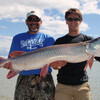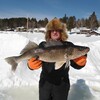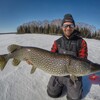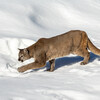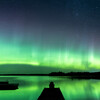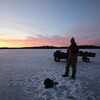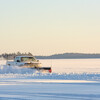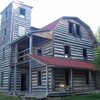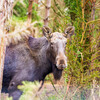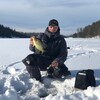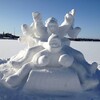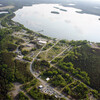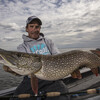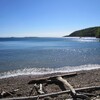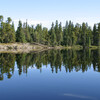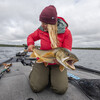Tines of Change
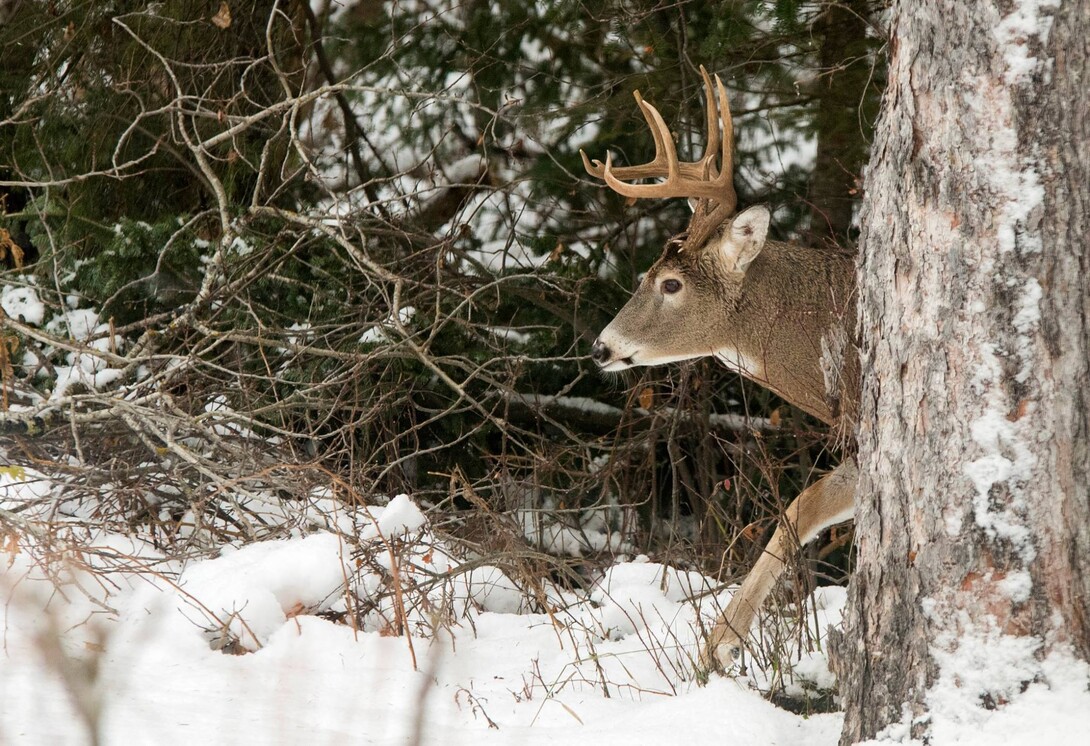
Looking for Shed Antlers
When you’re exploring new or familiar areas, coming across natural finds like deer antlers are a pleasant surprise. But you don’t have to wait until you happen to spot one on your leisurely walk—shed hunting is a common pastime by outdoors enthusiasts alike.
It may appear like we’re wandering aimlessly through the woods, but I assure you it’s anything but. Shed hunting can be a marvellous pastime to get you out of your cabin fever funk, or as motivation to get more exercise. Whatever your drive, for most outdoors people there are fewer things more exciting than seeking and finding what you’ve been after.
If you want great results, try hiring a guide. If you’re new to an area you’re searching, hiring a guide to take you to the proper spots right off the bat can save you a lot of time—but don’t expect it to save you walking. Walking in the boreal is no walk in the park.
Best Time of Year
Deer shed their antlers typically any time between January and March each year—some even lose them in late December. Don’t let that panic you though, with the amount of snow we’ve accumulated there is little to no chance of finding sheds until spring.
Your best bet is to wait until the snow has mostly melted when it’s completely gone. There will still be patches when you begin your search and that's okay, you’d be surprised how well white bone sticks out from white snow. You have roughly three to four weeks of clear ground coverage and muddy treks for the taking before ferns and small trees burst back to life.
Where to Look
Our extended winters offer perks for shed hunters. Food sources for deer are few and far between, which make amply concentrated feeding grounds. If you find the food, you’ll find the deer, ergo, you’ll find their antlers.
If you can find where their bedding grounds, feeding areas, and trails between them are, you’ll have a better chance of finding sheds. Of course, this tactic works best when you’re familiar with the terrain you’re searching on.
For new terrain, deer patterns can appear very broad, but they can all be narrowed down. Look for evergreen clusters, clearings facing south, and creeks or running water. Coniferous trees are a deer’s main food source throughout the winter, plus their bristly thick limbs are the perfect type of antler remover.
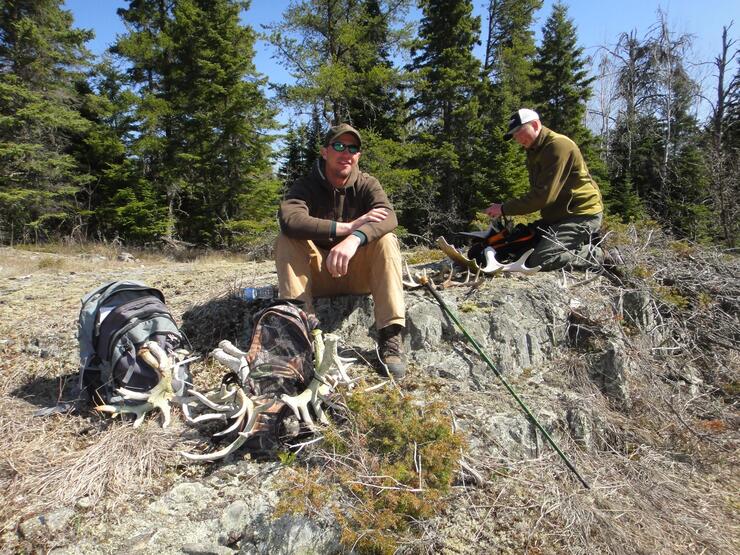
South-facing clearings are where deer will spend their time in the sun whenever they can and running water is the only water source through the winter when they lose their antlers.
If you’re near any sort of farmland or fenced areas, check the fence lines. Often times bucks will ditch them as they jump or on the impact of landing.
How to Look
Don’t wander aimlessly. Have a plan so you aren’t covering the same ground twice or skipping large segments of it that could have been the one square foot you’d have found a shed in.
I personally make a grid. I find a line to stick relatively close to while I weave through large plots of land. My weaves are no more than 20 feet apart so I can see the land I just walked, but from a different side, and continue to look to my other side for new traces. Depending on the amount of terrain I plan on covering that day, I’ll walk anywhere from 50 to 500-foot lines.
And here you thought it’d just be a leisurely walk.
A post shared by Alyssa Lloyd Photography (@alyssalloydphoto) on
Stay focused and take time to stop completely every 70 feet or so. Use that stationary time to look around you, and do a complete 360 because a different angle could result in a find. Doing this, I found one of my best sheds that both my partner and I walked past initially.
If you find an antler, seek out its twin. Deer get annoyed by the imbalance on their heads after losing an antler, they’ll actively try to remove the other almost immediately. If it was ready to go, you’ll find it somewhere nearby.
What You Need
Boots: because it’s going to be muddy.
Binoculars: let them do the walking for you. You can take a quick look to determine if what you’re seeing is the real deal without losing steps.
A bag: so you can bring water, toilet paper, and snacks so you can stay out for a few hours and keep your mind focused. As a bonus, when you walk out with a shed or two strapped to your backpack you can feel like a total rock star.
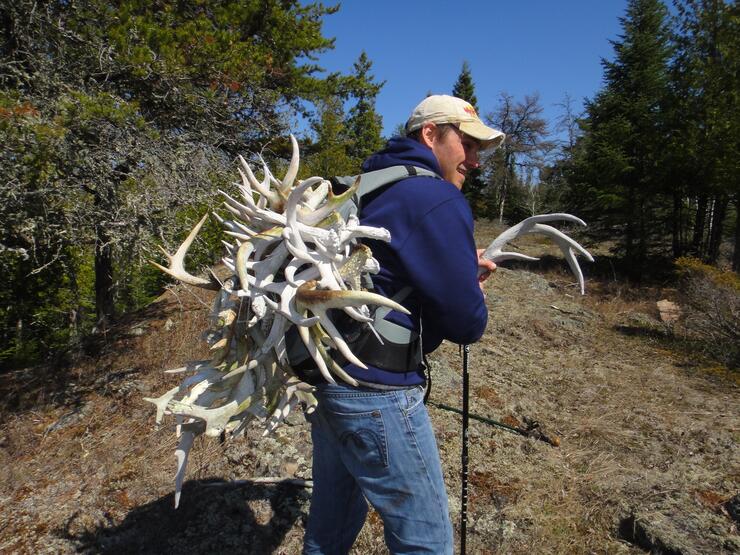
Compass: so you can tell which way is south while searching clearings. Deer love sunbathing throughout the winter, we aren’t the only ones who enjoy a bit of vitamin D. Also, of course so you don’t get lost.
The Perks of Shed Hunting
First and foremost, it will keep you from going stir-crazy during the shoulder season. I shed hunt so I can deal with the excruciating period of time between safe ice and open water. But, it doesn’t mean I don’t do it throughout the year just for fun.
It’s a great side activity to your already planned one. I enjoy island hopping when the fishing bite is slow, having antlers in the back of my mind encourages me to hop out and start grid walking an appealing island like no tomorrow. You can do it while camping, canoeing, hiking, or even just walking your own property lines.
Finding a shed, when you’re actively searching for one gives you a glimpse of what your natural instincts are capable of in a day and age we’ve been robbed of the need for them. A sense of accomplishment I suppose is the best way to sum it up.
Then there's the exercise. I used a MapMyWalk app once while shed hunting for two hours—great for tracking your grid if you have battery backups. I walked 20 kilometers without even thinking about it. When you have a distraction and some fresh air, it's amazing what your mind will allow you to do without alerting your body with negativity and laziness enabling.
It's a great activity/tour for kids to feel involved in the outdoors. Plus if they find what they’re after, or even other bones and small finds, you’ve just made their week.
So whether you’re planning on making a unique household display, or holding simple bragging rights, shed hunting is a great way to get yourself outside in the shoulder season.
Recommended Articles
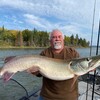
Is the 1,400 Kilometre Drive to Northwest Ontario For a Fishing Trip Worth it?
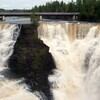
8 must-see waterfalls

6 Ways to Get Your 10,000 Steps This Fall
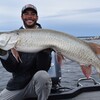
Top 5 Reasons You Should Be Fishing in Morson, Ontario
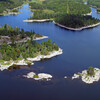
Discover The Winnipeg River
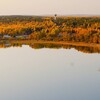
Enjoy Sunset Country's Fall Colours on Your Next Road Trip
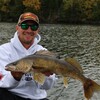
Fishing in the Fall?
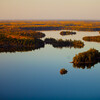
6 Reasons to Book a Fall Vacation to Sunset Country
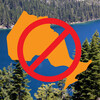
10 Reasons to Avoid Ontario’s Sunset Country
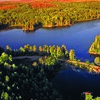
Heading Across Canada?

A Guide to Sunset Country Museums

The Promised Land: Best Muskie Fishing in Ontario
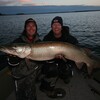
Fall Fishing Tips
5 Essential Boreal Experiences in Ontario's Sunset Country
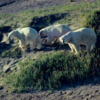
5 Obscure Facts About Northwestern Ontario: Were You Aware of These?

Great Food in Relatively Unknown Places
Outdoor Medicine

A Guide to Bringing Your Pets on Vacation to Canada
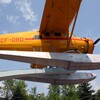
There's more than just fishing in the Red Lake Region
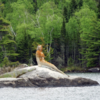
5 Amazing Sights You Can Only See By Boat
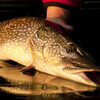
Going Fishing in Canada?
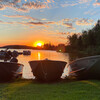
Going fishing in Ontario?
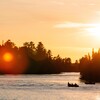
Outdoor Adventure in Ontario's Northern Paradise
Planning A Family Fishing Trip to Canada
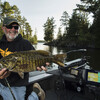
Tips from a Fishing Legend
